Por favor, use este identificador para citar o enlazar este ítem:
http://rdcb.cbg.ipn.mx/handle/20.500.12273/140| Título: | In silico and in vitro studies to elucidate the role of Cu21 and galanthamine as the limiting step in the amyloid beta (1–42) fibrillation process |
| Autor: | CLAUDIA GUADALUPE BENITEZ CARDOZA |
| ID del Autor: | info:eu-repo/dai/mx/cvu/25026 |
| Resumen: | The formation of fibrils and oligomers of amyloid beta (Ab) with 42 amino acid residues (Ab1–42) is the most important pathophysiological event associated with Alzheimer’s disease (AD). The formation of Ab fibrils and oligomers requires a conformational change from an a-helix to a bsheet conformation, which is encouraged by the formation of a salt bridge between Asp 23 or Glu 22 and Lys 28. Recently, Cu21 and various drugs used for AD treatment, such as galanthamine (ReminylVR ), have been reported to inhibit the formation of Ab fibrils. However, the mechanism of this inhibition remains unclear. Therefore, the aim of this work was to explore how Cu21 and galanthamine prevent the formation of Ab1–42 fibrils using molecular dynamics (MD) simulations (20 ns) and in vitro studies using fluorescence and circular dichroism (CD) spectroscopies. The MD simulations revealed that Ab1–42 acquires a characteristic U-shape before the a-helix to b-sheet conformational change. The formation of a salt bridge between Asp 23 and Lys 28 was also observed beginning at 5 ns. However, the MD simulations of Ab1242 in the presence of Cu21 or galanthamine demonstrated that both ligands prevent the formation of the salt bridge by either binding to Glu 22 and Asp 23 (Cu21) or to Lys 28 (galanthamine), which prevents Ab1242 from adopting the Ucharacteristic conformation that allows the amino acids to transition to a b-sheet conformation. The docking results revealed that the conformation obtained by the MD simulation of a monomer from the 1Z0Q structure can form similar interactions to those obtained from the 2BGE structure in the oligomers. The in vitro studies demonstrated that Ab remains in an unfolded conformation when Cu21 and galanthamine are used. Then, ligands that bind Asp 23 or Glu 22 and Lys 28 could therefore be used to prevent b turn formation and, consequently, the formation of Ab fibrils. |
| Fecha de publicación: | 31-jul-2013 |
| Licencia: | http://creativecommons.org/about/cc0/ |
| URI: | http://rdcb.cbg.ipn.mx/handle/20.500.12273/140 |
| Lenguaje: | eng |
| Aparece en las colecciones: | Artículos Científicos |
Ficheros en este ítem:
| Fichero | Descripción | Tamaño | Formato | |
|---|---|---|---|---|
| pro.2319.pdf | 941.31 kB | Adobe PDF | Visualizar/Abrir |
Los ítems de RI-CBGIPN están protegidos por copyright, con todos los derechos reservados, a menos que se indique lo contrario.
